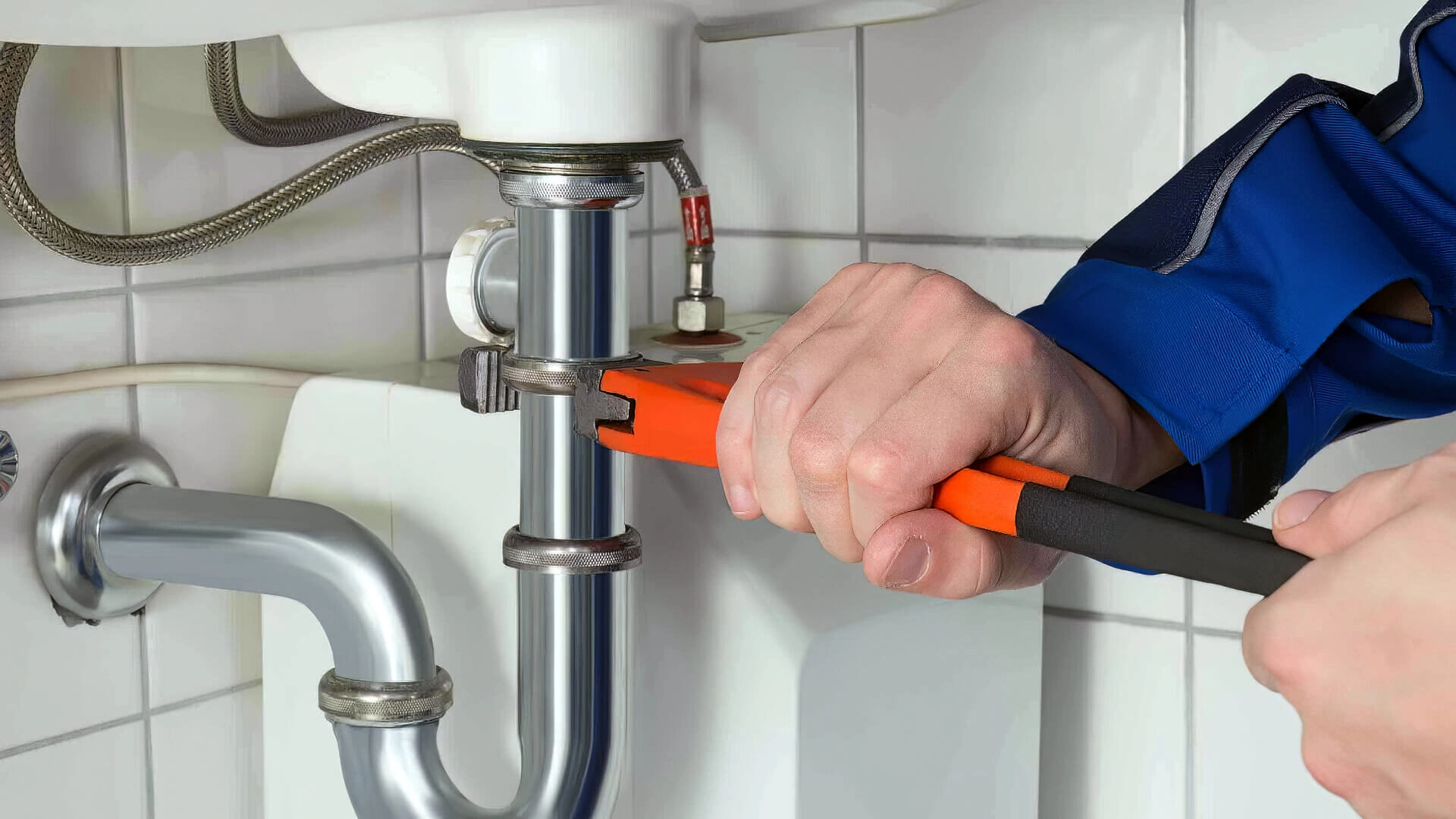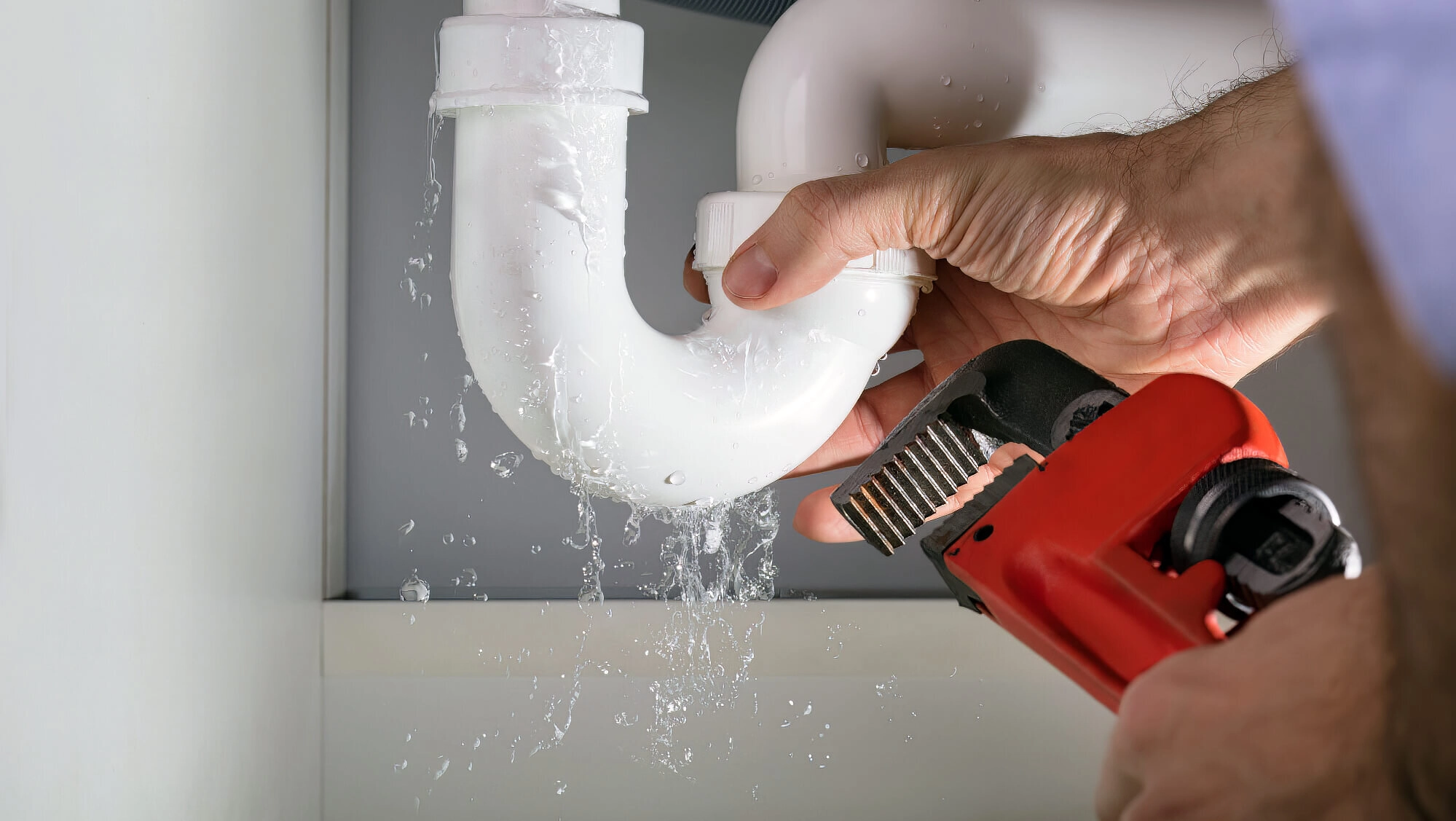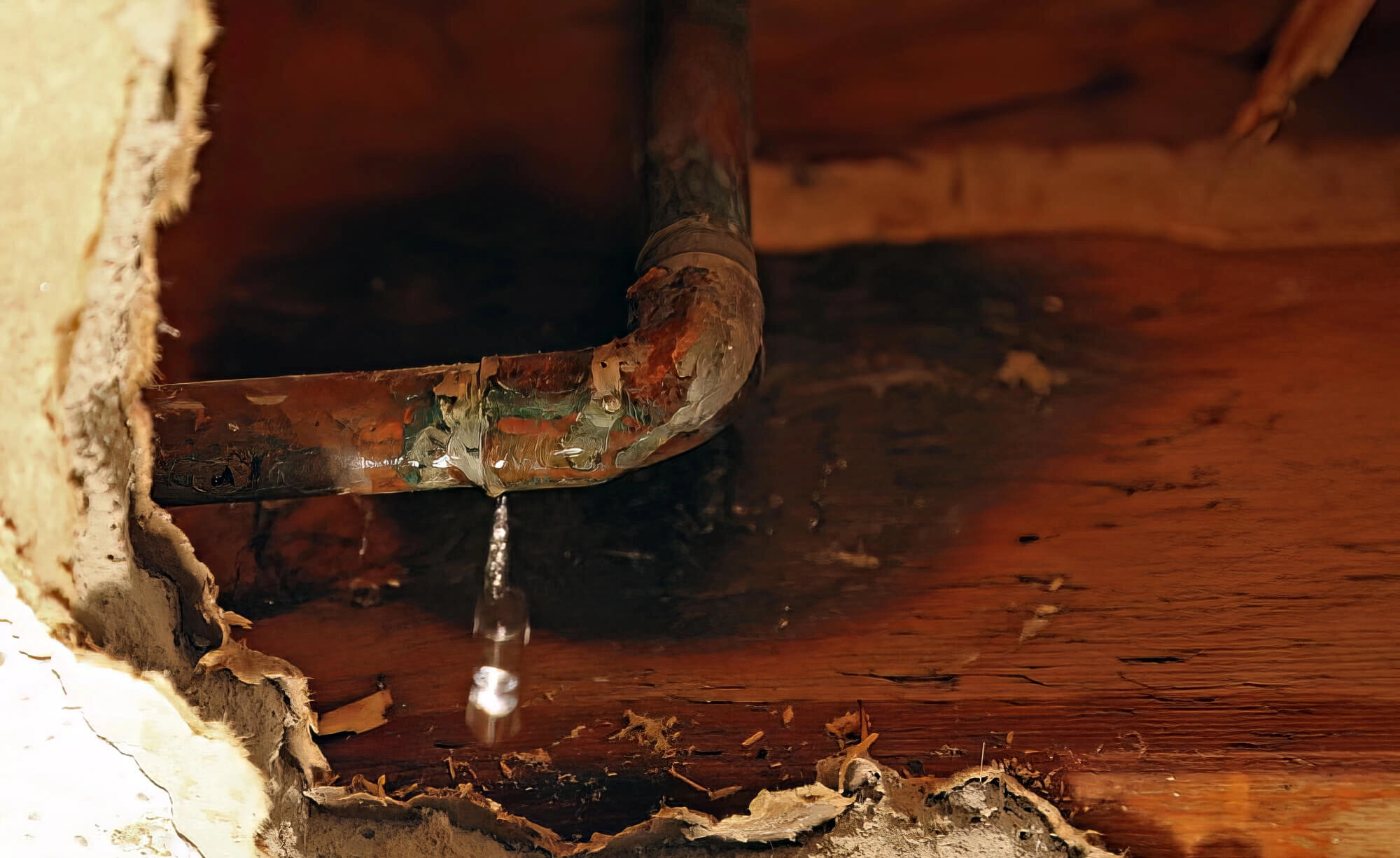If you think there’s a leak in your home’s plumbing system , it’s essential to confirm it as soon as possible.
Leaks can cause water wastage and damage to your property, so it’s best to nip them in the bud whenever you suspect or detect one. Sometimes, you can determine the presence of a leak by simply observing the plumbing. For instance, look for the grass or small plants growing around the pipes, as that could signify a leak.

However, there are other methods to test your plumbing, especially when the leaks aren’t visible from the get-go. So, dive in to learn about them!
Types Of Leaks
Before we tell you how to test your plumbing for leaks, let us quickly explain the types of leaks that can occur.
1. Toilet Leaks
A toilet that leaks from the tank to the bowl or from the bowl to the floor is a nuisance. Besides, the toilet jet sprays, showers and bidet attachments may leak. These leaks are usually easy to spot by simply checking the bathroom floor . If puddles of water form below these fixtures, you know there is a leak.
2. Faucet Leaks
You should be careful about dripping faucets as they can waste a lot of water over time. To detect this leak, put a piece of tape over the faucet opening and see if it drips within the next hour. A positive test will confirm a leak.

3. Pipe leaks
Apart from water wastage, a leaky pipe can cause significant damage to your floors and furniture. And you can detect a leak by checking all the plumbing fixtures indoors and then checking the leak indicator on your water meter. You have a leak somewhere in your plumbing if it is still moving.
4. Water Heater Leaks
You must already know that a water heater leak can cause much damage. To check for a leak in these systems, turn off the power to the water heater and see if the water is dripping from the overflow pipe stops. If it doesn't, there’s a leak.
Test Your Plumbing For Leaks (DIY)
If you notice that your water pressure is below 30 PSI , it could be because of a leak in the system. To test for leaks, check all of your plumbing fixtures to see if they are turned on and functioning properly. If everything looks good there, the next step is checking for leaks in the pipes.
Simply turn off all of the plumbing fixtures in your home and then go outside to see if any water is leaking from any of the outdoor faucets or hose bibs.
Also, while checking the fixtures, do not forget the showerheads. These tend to leak frequently, and you may lose a lot of water over time. To fix a showerhead, you can try tightening it with your hand. If the leak is located in the pipe, you may need to get the pipe replaced.
Apart from these, here are a few other DIY methods of testing the plumbing for leaks:
1. Use A Water Pressure Gauge
A test can be conducted using a water pressure gauge. To do this, attach the gauge to a faucet or hose bib and turn. Note that the pressure gauge should have a washer connecting it to the said fixture, and the gauge should start moving when the water is turned on.
If the pressure reading is higher than normal, this could indicate a leak. In ideal conditions, the water pressure should not exceed 75 PSI , as anything above it will put undue stress on the pipes, water fixtures and the appliances installed.
The excess pressure can also make the pipes burst, leading to severe leaks and flooding. If the entire pipe needs to be changed, then you will need to call for professional help. Alternatively, you can purchase a pipe, cut it to the required length and replace the old one with it, provided you know how to work with the plumbing.
2. Checking The Water Metre
Another way to test for leaks is by turning off all the plumbing fixtures in your home and checking your water metre. If the meter is moving even though all the plumbing fixtures are off, you may be dealing with a leak.
Once you’ve determined that there is a plumbing leak, it’s important to take care of it without delay.

3. Food Colouring Method
Toilets account for a significant portion of your water bills, which is why they should be checked for leaks, too. And for this, you can use the food colouring method, which involves dropping a little food colouring in the toilet tank. Let it stay for ten minutes, and check the toilet bowl. You will find the colour in the bowl if there is a leak.
4. Water Bill
Another sign of a plumbing leak is if you get a higher water bill even though you haven’t been using more water than usual. In this case, you will have to examine the entire plumbing system to spot the leak.
What To Do In Case Of Leaks?
Simply tightening the fixtures can often stop the water from dripping for small leaks. However, the water pressure needs to be adjusted before that. You can use a pressure regulator or a pressure-reducing valve to reduce the water pressure.
And if the leak is bigger, you may need to replace the pipes or other parts of your plumbing causing it. If you are unsure how to fix a plumbing leak, it’s best to call a professional plumber. They will be able to diagnose the problem and make the necessary repairs quickly, and you can also help by telling them about the leak’s location (if you know it).
Test Your Plumbing For Leaks- DIY Style!
We recommend checking behind cabinets and below basins to see if visible mould growth or foul smell is coming from these areas. This can indicate a leak, and you must attend to it immediately.
Another thing to be careful about is old plumbing systems older than two decades or more. The life expectancy of older pipes will be on the decline side, and the other parts may not work well. Also, the valves and hoses may have corroded, leading to slow leaks.
And once you know all these causes, don’t delay taking the right steps to prevent unnecessary damages. See you next time!